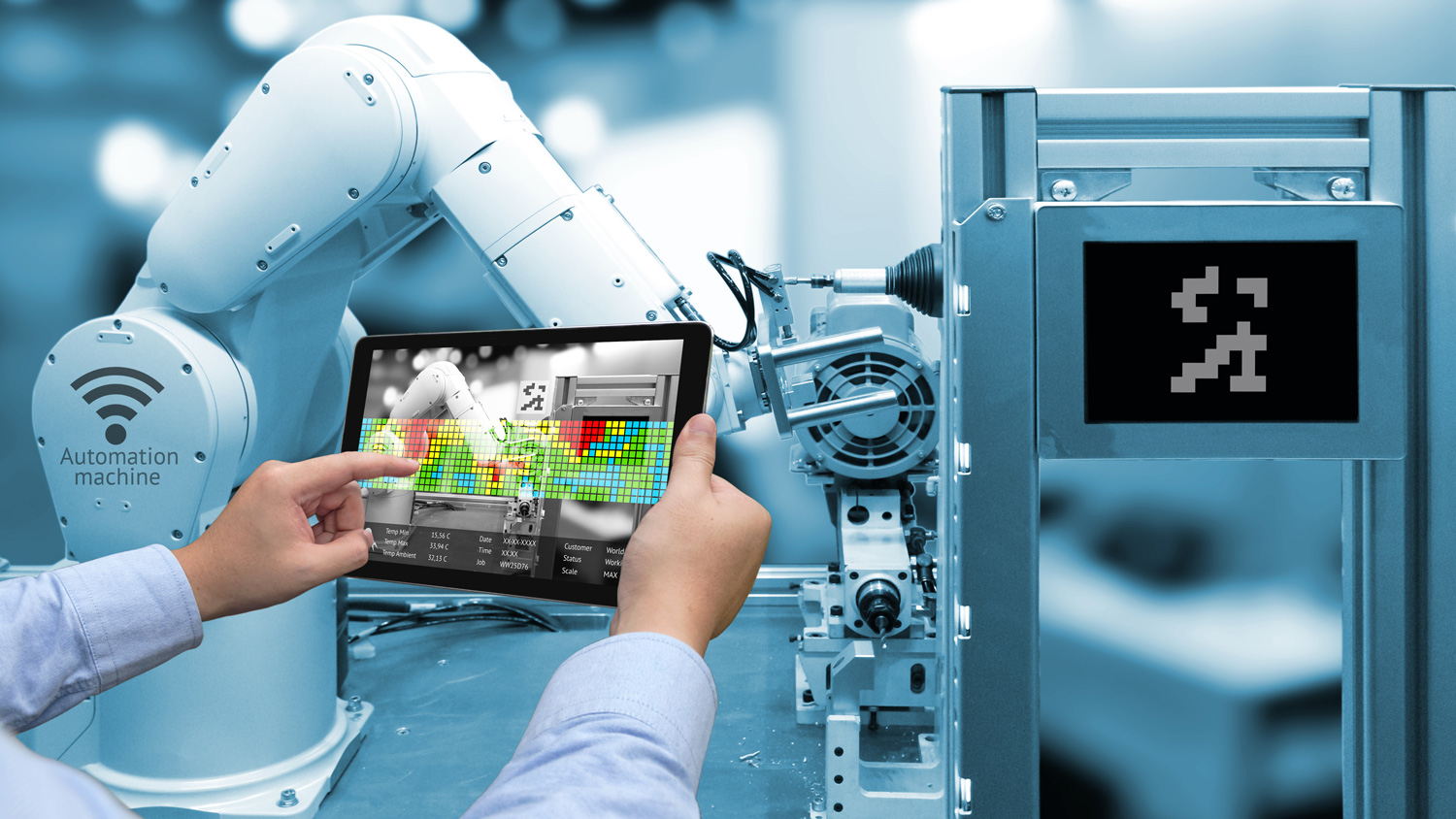
AI has limitations when it comes to human skills
The impact of ChatGPT and other generative AI technologies on the world of work has become a hotly contested topic globally, but workforce solutions and recruitment specialist, Hays, sees an opportunity to leverage the technologies to help boost productivity in the workplace.
An increasing number of people expect AI to change the way we work in the future. In a recent LinkedIn poll, 77% of respondents (over 38,000 respondents in total) said they believe that AI will change the way we work in the future, and 69% of respondents said they expect AI to replace human work in certain job roles. Over 40% of respondents also said that they have used the tool in their work, highlighting its growing popularity and prevalence.
While it is increasingly clear that generative AI has the capabilities to efficiently complete repetitive or ‘template’ tasks, it has several limitations when it comes to human skills.
Instead of seeing ChatGPT as a replacement, employers should consider how technologies can be embedded to free up colleagues who possess more complex skills – those that AI cannot replicate and are hard to come by in a skills-short market.
A recent survey carried out by Hays Asia found that 97% of 10,000 employers and professionals in Hong Kong believed they would face a lack of talent in 2023. Roles within specialisms such as technology are particularly challenging to fill, given the constantly evolving nature of the skills required.
Steve Weston, Hays Chief Information Officer, said:
“Generative AI is certainly transforming the way we work, and chances are a lot of white-collar professionals have already come across it in their industry or role. However, used in the right way and remaining mindful of its limitations, we are confident that it can increase productivity which will allow both individuals to futureproof their career by focusing on the skills that matter, and businesses facing ongoing global talent shortages.”
In a recent blog, Travis O’Rourke, President of Hays Canada, provides tips for how generative AI can be integrated into the day-to-day workplace:
- Think about what you need it for: which tasks within your role could be automated, and could you use it as a research tool?
- Add the right plugins: how can you use the tool to save you time and provide useful assets and insights?
- Get your prompts right: while you don’t need specialist skills to get started, there is a host of information available to help coax the most useful content from these tools.
- Optimise your input: when using tools for fact-finding, double-check the results it provides, and consider rewriting outputs to ensure it fits your tone of voice.
- Stay up to date on trends: generative AI is evolving constantly, so it is important to be able to use it properly.
In an article for International Workplace on the impact AI could have on the learning and development function of an organisation, Amy White, Head of Loch Training and Wellbeing says:
“As a result of the increasing importance of L&D in the workplace, finding ways to deliver an effective L&D programme in a time-efficient manner, which can help you stand out from the crowd, is likely to be the ultimate goal for many HR teams. Getting to grips with the AI options available to support L&D delivery might well be the best way to achieve that goal.
“Many professionals will be familiar with traditional Learning Management Systems (LMS), which allow training to be assigned and tracked across a workforce. While this is useful, AI can help us take it to the next level by personalising the learning experience for individual employees. Algorithms built into AI-powered systems gather data on staff, establishing their existing level of knowledge, learning style and areas of interest, before tailoring their learning experience to their specific wants and needs. Not only does this approach ensure the learning an individual employee undertakes is more likely to engage and stimulate them, resulting in better knowledge and skills, it will also assist in conveying to the employee how valued they are by their employer.”







